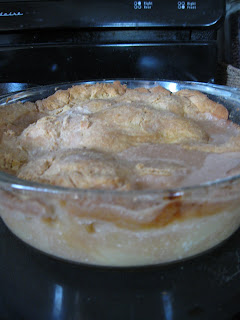The finish coat of Earth Plaster inside the greenhouse is done! Only the outside wall to go. As you can see our window in Montana is abruptly closing with snow moving down the peaks. My dancing feet are wrapped in rubber boots and the wool hat is becoming a permanent fixture. So, we used American Clay's Loma Plaster as it was easier to have the material at hand instead of making large volumes of fine mix.
Since our bale wall
was uneven with lots of mountains and valleys- application was a little different than suggested for drywall. We tried the trowel method which appears to go on very easily over a smooth surface. However, the inside retained the
visual anatomy of most of the bales so hand application worked out better for us. A handful went on at a time applying pressure with the palm like the previous plasters. Areas were then worked in a circular motion to move the material into any small air pockets.
Once the wall was dry we went back with a wrung out sponge to "compress" the surface as recommended. This was then followed with a light dusting with a broom to brush the sand off and hand buffed in places with burlap. The suede smoothness was then evident. Inviting hand and fingers to explore the surface. It is unlikely that conventional building methods would evoke the same inclination to touch a wall.
Our plaster master helped apply our Native Finish Plaster coat that drys brown vs. cream. It's a mix of window screened sand and clay slip that have coffee bean frass added until it is the consistency of pudding. His method of using a brush was for ease of use during his assistance and these areas were palm smoothed too. The entire wall will be painted with darker shades of milk paint to increase our thermal mass when the sun decides to shine.
 |
| Suede smooth bale craters |
The texture is so wonderful I'm already dreaming up the suede Rocket Bench for next spring finished in Loma.
 |
| Raven |

Sometimes we feel like a pack of turtles but, here we are with only the outside wall left in this immersion in clay. Just a couple wet spots from the sand plaster remain under the tree and turtle moon. With the dry time so much slower out in the elements we've had plenty of time to explore clay sculpting. This is highly addictive for lovers of clay. This weekend we plan to apply American Clay's Enjarre. Even though, it is not designed for outside application, we feel comfortable giving it a go with our generously extended overhangs over the bale wall. Plus, Earth plastering is very forgiving so if it seems compromised at any point we simply redo it by modifying the roof for greater extension or coat the exterior in a lime plaster.
 |
| Moving the work crew |
 |
| "Plaster Master" Work Shoes |














































